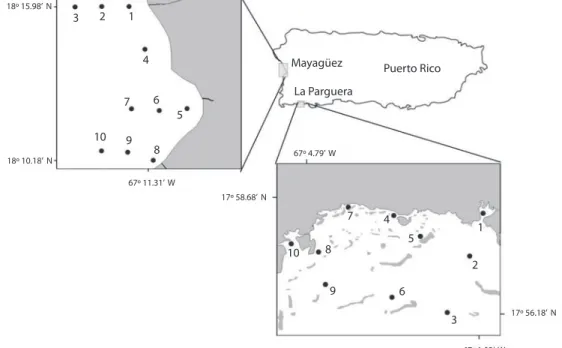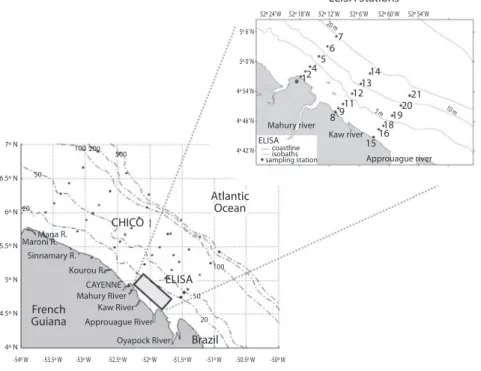Towards a Latin American and Caribbean international census of marine microbes (LACar – ICoMM): overview and discussion on some current research directions
Texto completo
Figure




Documento similar
Of special concern for this work are outbreaks formed by the benthic dinoflagellate Ostreopsis (Schmidt), including several species producers of palytoxin (PLTX)-like compounds,
Following an introduction to the current conception of and research carried out on quality assurance and assessment both in the translation industry and academia, a brief overview
alteration of marine circulation patterns, the abundance, distribution, and structure of marine species, and the frequency and intensification of atmospheric processes such
At the same time, more than four-fifths of re- spondents in all countries except Colombia said they planned to stay where they were; this response was given by 100 percent
They include, but are not limited to, recommended AADT range and speed limit, passing lane length, design of transition areas, cross section, intersection and access design,
These reforms have spread to Latin-American countries and include changes in governmental accounting systems, where the implementation of International Public Sector
MD simulations in this and previous work has allowed us to propose a relation between the nature of the interactions at the interface and the observed properties of nanofluids:
The studies from Canada and Latin America are focused on the effect of board composition on the practice of earnings management in Canada (Park and Shin, 2004); the





